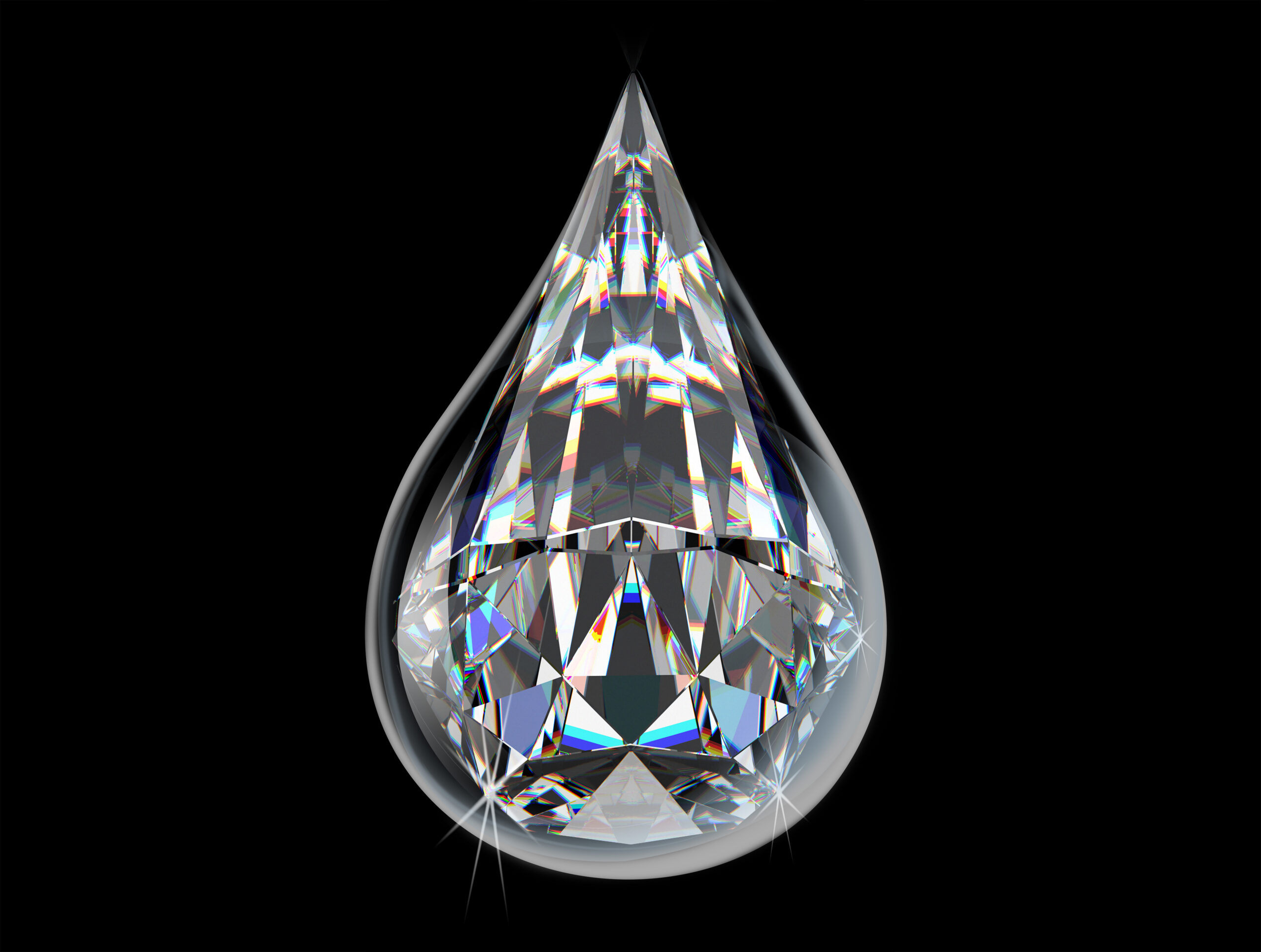Water is More Valuable Than Diamonds!
It is often said that diamonds are a woman’s best friend, but when it comes to survival, water is undoubtedly more valuable than any jewel. Water is an essential resource for life on earth and yet it is often taken for granted.
It is time to change our perception and realize how precious and important water is. In this blog post, we will look at the importance of water and how advanced technologies like those from MEB are helping to conserve and use this precious resource.
More and more people are becoming aware that water is a valuable commodity. It is indispensable for our lives and for many areas such as agriculture, industry, and energy supply. But despite this, it is often wasted and polluted.
For a long time, people did not realize how important it is to use water responsibly. But awareness is growing more and more. More and more companies are turning to advanced technologies and energy-efficient processes to treat wastewater, desalinate seawater and purify freshwater.
What is the Water Poverty Index?
Water scarcity is not unusual, even in countries with ample water resources.
Goal 6 of the Sustainable Development Goals of the United Nations recognizes access to clean, affordable, and safe drinking water as a fundamental human right. With 400 million people in sub-Saharan Africa missing access to basic drinking water and 1 in 3 Africans experiencing water scarcity, access to this crucial resource is still not universal in Africa.
According to a 2019 analysis by the World Resources Institute (WRI), access to water continues to be a significant development challenge across the continent: To alleviate Africa’s water stress, it is crucial to address climate change and inadequate management of water resources and services.
Water Poverty Index (WPI) is used as a tool to determine many indicators that relate to water resources sustainability and their impacts on people [Sullivan, 2002; Sullivan et al., 2006]. Sullivan (2002) developed the WPI to reflect five components: Resource (R), Access (A), Capacity (C), Use (U), and Environment (E).
UN Water Experts state that the world is off-Track to meet Its sustainable water goal by year 2030.
3 out of 4 people currently live in water-insecure countries. More people die from a lack of safe drinking water, sanitation, and hygiene (WASH) services than water-related disasters, reveals the new UN global water security assessment.
“The WPI methodology was developed through pilot projects in South Africa, Tanzania and Sri Lanka.”
South Africa’s widespread water disruptions have brought attention to water as a precious resource. With only a few natural water sources, South Africa is a semi-arid nation. Most of the water that comes out of our faucets comes from these places, which are known as Strategic Water Source Areas (SWSAs). SWSAs are as vital to manmade water infrastructure like dams and can be thought of as ecological infrastructure.
They are crucial resources for guaranteeing water security since they either provide surface water or groundwater (or both). Only 8% of the country’s land area is covered by SWSAs, which provide water for our rivers and dams, which in turn support 70% of irrigated farmland, 50% of the nation’s population, and more than 90% of urban consumers.
Like the SDG (Sustainable Development Goals), and by involving all stakeholders in the decision-making process is pivotal to project success. It is crucial to work with a partner that recognizes the interconnectedness of water-related challenges and to adopt a holistic approach that considers the entire water cycle.
Only then can we ensure the availability and accessibility of clean water for all while protecting our ecosystems. MEB has positioned itself as total solutions company with a firm stance on bringing only robust and premium technology to Africa’s shores, while enhancing the economic strength and stability of your clients and customers.

